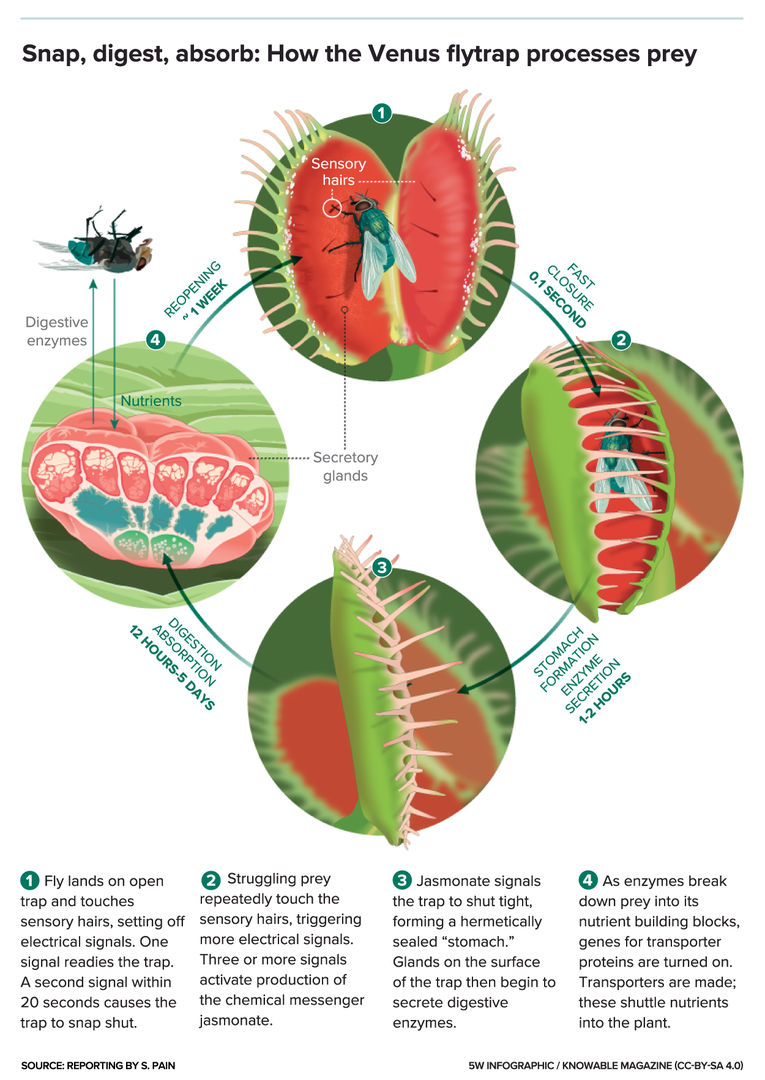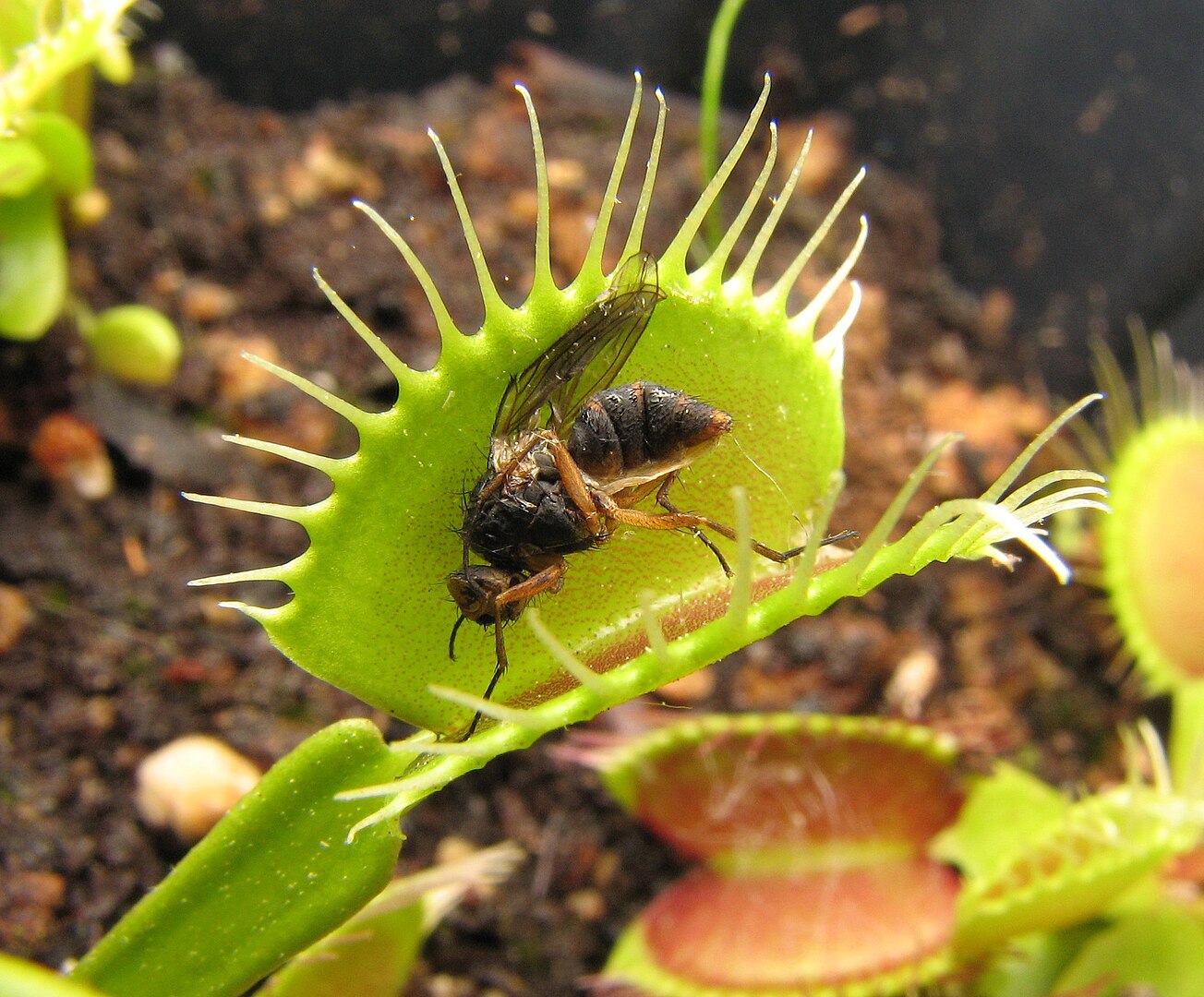The extraordinary world of carnivorous plants: green predators
Carnivorous plants are a fascinating exception in the plant kingdom. Unlike common plants that absorb nutrients from the soil, these extraordinary species have developed sophisticated mechanisms to capture and digest insects and other small animals. This adaptation allows them to survive in nutrient-poor environments such as bogs and swamps.
What is a carnivorous plant?
A carnivorous plant is a plant that, through specialized structures, attracts, captures, and digests prey to obtain essential nutrients such as nitrogen and phosphorus. Currently, over 600 species of carnivorous plants are known, distributed in various regions of the world. (britannica.com)
Types of traps
Carnivorous plants use different mechanisms to capture their prey:
Snap traps: like those of Dionaea muscipula (Venus flytrap), which quickly close their leaves when stimulated.
Pitfall traps: present in Sarracenia, where tubular leaves trap insects.
Sticky traps: typical of Drosera, which possess sticky glands on their leaves to retain prey.
Suction traps: used by Utricularia, which suck in small aquatic organisms with specialized sacs.
These mechanisms result from millions of years of evolution. (nhm.ac.uk)

Distribution and habitat
Carnivorous plants are mainly found in environments with nutrient-poor soils, such as swamps and sandy savannas. Sarracenia are native to North America, while Nepenthes thrive in Southeast Asia. Their distribution and survival depend on the conservation of natural ecosystems. (en.wikipedia.org)
Growing carnivorous plants at home
Growing carnivorous plants at home is possible, provided some essential conditions are met.
Choosing the species
The most suitable species for home cultivation are:
Nepenthes: requires light and constant humidity.
Drosera capensis: easy to grow, suitable for beginners.
Sarracenia purpurea: does not require a terrarium or greenhouse.
Lighting
Carnivorous plants need about 12 hours of light per day. In winter, artificial lighting can be used.
Soil and pot
The ideal substrate consists of sphagnum peat and perlite or non-calcareous sand. Avoid fertilized soils, which can harm the plant.
Watering
Water must be mineral-free: rainwater, distilled, or demineralized water is recommended. Bottom watering, using a tray method, helps maintain humidity without stagnation.
Humidity and temperature
Humidity between 50-70% and temperatures between 15°C and 30°C support healthy growth. Protect plants from drafts.
Feeding
Carnivorous plants feed themselves by capturing insects. In a domestic environment, they can occasionally be fed small flies or mosquitoes, avoiding meat or other unnatural foods.
Fun facts about carnivorous plants
Unusual prey: some Nepenthes can capture small vertebrates such as frogs and rodents.
Strategic flowering: flowers develop away from traps to avoid capturing pollinators.
Survival threats: many species are endangered due to habitat destruction and illegal trade.
Sources
Carnivorous plants: the meat-eaters of the plant world - Natural History Museum
Cultivating Carnivorous Plants - United States Botanic Garden
Carnivorous plants are among the most fascinating wonders of nature. With proper care, they can become a spectacular addition to any botanical collection, offering a glimpse into the incredible world of evolutionary adaptation and ingenuity, right in your home.








Leave a Comment